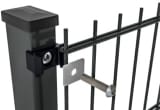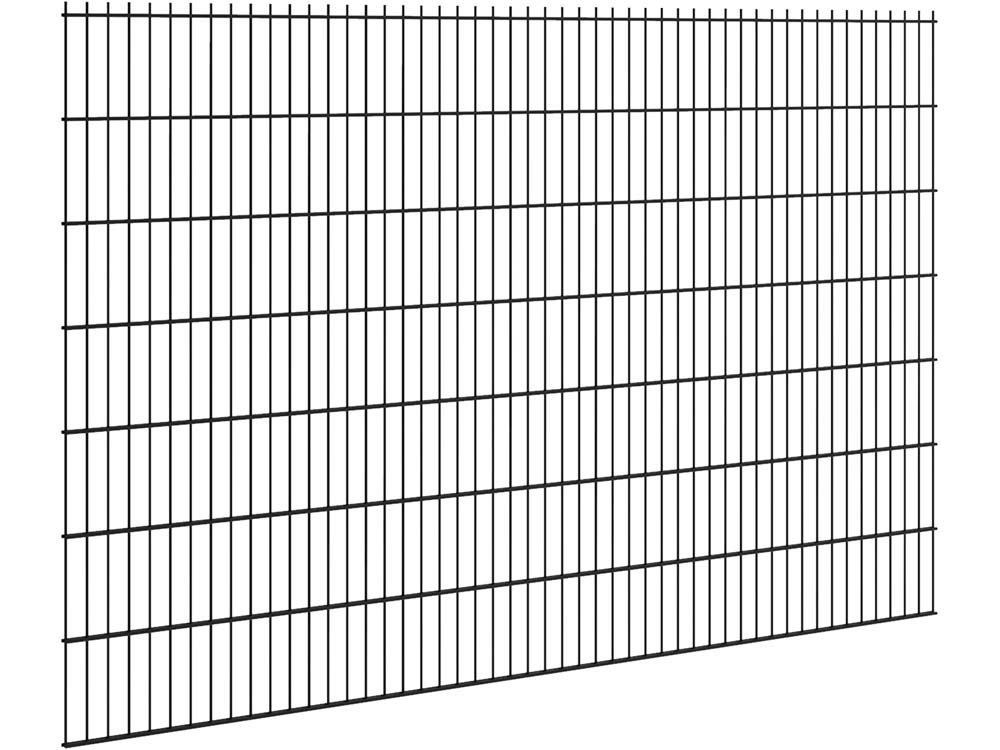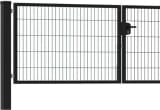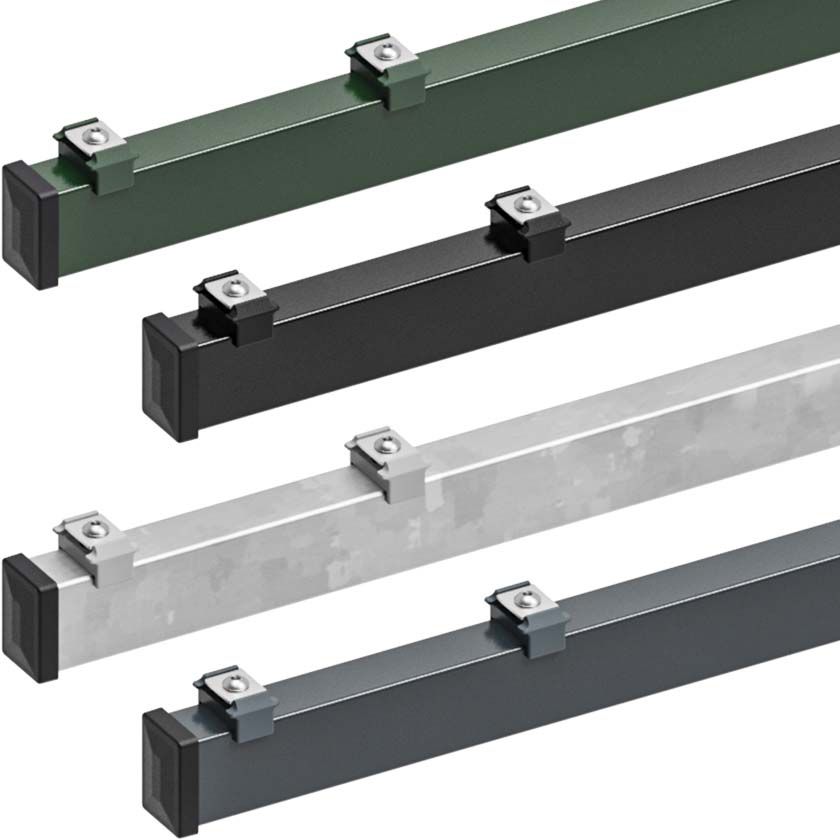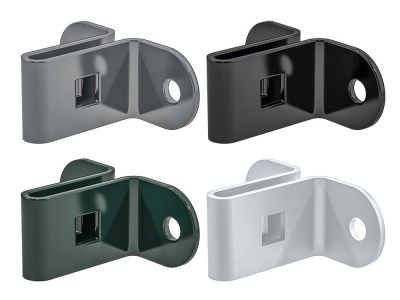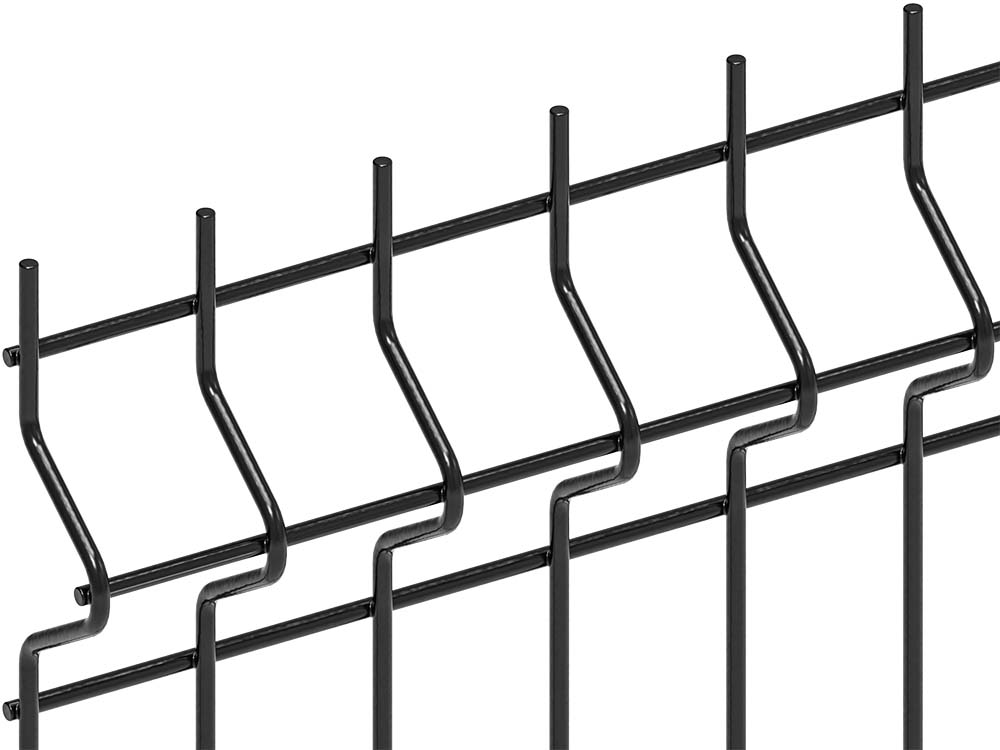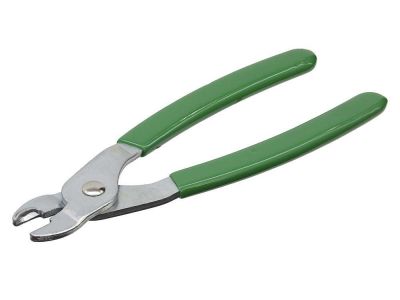Gabion Fencing
Gabion fencing, also known as Gabion wall or Gabion basket fencing, is a type of fencing that uses wire mesh baskets filled with stones or other materials to create a durable and visually distinctive barrier. Gabion fencing has gained popularity for its unique aesthetic appeal, structural versatility, and environmental friendliness.
Here's a more detailed explanation of Gabion fencing:
Design and Construction:
- Gabion fencing consists of wire mesh baskets or cages filled with various types of materials, most commonly stones or rocks.
- The wire mesh baskets are typically made from galvanised steel or other corrosion-resistant materials.
- These baskets are stacked or arranged to form a barrier, retaining wall, or partition.
Materials:
- The primary filling material for Gabion baskets is usually stones or rocks, which provide stability, weight, and drainage.
- Depending on the design and application, other materials like recycled concrete, broken bricks, or wood can also be used.
Applications:
- Boundaries: Gabion fencing is often used as a boundary marker for properties, gardens, and outdoor spaces.
- Retaining Walls: It's used to create retaining walls in landscaping to prevent erosion and slopes.
- Noise Barriers: Gabion walls can help mitigate noise pollution when placed along highways or busy roads.
- Erosion Control: Gabion baskets can be used along shorelines, riverbanks, and areas prone to erosion to prevent soil loss.
Benefits:
- Aesthetics: The natural appearance of Gabion fencing, with the texture of stones or other fill materials visible through the mesh, provides a rustic and visually appealing look.
- Durability: Gabion fences are built to withstand environmental conditions, and the use of sturdy materials makes them long-lasting.
- Drainage: The open design of the wire mesh allows for good drainage, preventing water buildup behind the fence.
Installation:
- Gabion baskets are typically delivered as pre-assembled units. They can be easily stacked or arranged to form the desired configuration.
- The baskets are secured in place using appropriate connectors or fasteners.
Customisation:
- Gabion fences can be customised in terms of height, length, and design to suit the specific needs and aesthetics of a property.
Limitations:
- While Gabion fencing provides a unique and attractive appearance, it may not offer the same level of privacy or security as solid fencing options.
- Maintenance involves occasional checks for stability and ensuring that the fill materials remain intact.
Installing a Gabion fence involves several steps to ensure the stability, aesthetics, and functionality of the structure. Here's a general guide on how to install a Gabion fence:
Materials and Tools Needed:
- Gabion baskets or mats
- Rocks or suitable fill material
- Galvanised wire or clips for binding
- Geotextile fabric (optional, for added soil separation)
- Level
- Shovel or excavator
- Wire cutters
- Gloves and safety gear
Installation Steps:
- Site Preparation:
- Choose the location for the Gabion fence. Ensure it is on stable ground and meets any zoning or property regulations.
- Clear the area of vegetation, debris, and any obstructions.
- Foundation Preparation:
- Level the ground where the Gabion fence will be installed. Use a shovel or an excavator to remove any uneven or soft soil.
- If needed, create a compacted and leveled base using crushed stone or gravel to provide a stable foundation.
- Assembly of Gabion Baskets/Mats:
- Assemble the Gabion baskets or mats according to the manufacturer's instructions. Ensure that they are securely connected and properly aligned.
- Filling the Gabion Baskets/Mats:
- Start filling the Gabion baskets or mats with rocks or other fill material. Begin from the bottom and work your way up layer by layer.
- Place larger rocks at the bottom and gradually use smaller rocks as you move upward. This helps stabilise the structure.
- Use a variety of rock sizes to ensure proper compaction and a visually appealing appearance.
- Compaction:
- Compact the fill material inside the Gabion baskets or mats as you go. Use tools like a tamper or the back of a shovel to gently press down the rocks and eliminate any voids.
- Binding:
- Once the Gabion baskets or mats are filled, securely bind them together using galvanised wire or clips. This will ensure the stability of the overall fence structure.
- Geotextile Fabric (Optional):
- If desired, you can line the inside of the Gabion baskets with geotextile fabric. This helps prevent soil from migrating through the rock fill while allowing water to drain.
- Placement and Leveling:
- Place the filled Gabion baskets or mats in their intended positions along the fence line.
- Use a level to ensure that the Gabion elements are straight and level both vertically and horizontally.
- Additional Rows (if applicable):
- If your design calls for multiple rows of Gabion baskets, repeat the filling, compaction, binding, and leveling process for each additional row.
- Finishing Touches:
- Once all the Gabion elements are in place and properly leveled, make any necessary adjustments to ensure a uniform appearance.
- Trim any excess wire and tidy up the surrounding area.
- Landscaping (Optional):
- Consider landscaping around the Gabion fence to enhance its appearance and integrate it with the surrounding environment. Planting vegetation or adding decorative elements can be visually appealing.
Remember that the specific installation process can vary based on the design, site conditions, and local regulations. It's advisable to consult with professionals or experts who have experience in Gabion installation to ensure a successful and durable outcome.
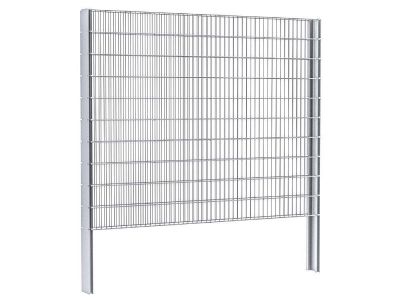
 Complete package
Gabion fence package
Complete package
Gabion fence package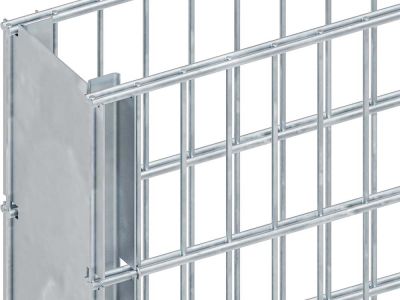
 Gabion fence post
Gabion fence post